In today’s fast-paced world, owning an SUV often provides a balance of space, safety, and lifestyle adaptability. But an often-overlooked aspect of ownership is repair‑shop downtime.
While some SUVs are so reliable or easy to fix that service centers can turn them around quickly, others generate long repair‑shop backlogs, sometimes taking weeks before a technician can even start work.
For anyone who depends on their vehicle for daily commuting, family logistics, or weekend adventures, understanding which SUVs offer quicker service access—and which ones face persistent delays—can make a crucial difference.
In this comprehensive guide, we’ll explore ten SUVs from both ends of the spectrum. We’ll begin with the five models historically associated with the lowest repair‑shop wait times, meaning owners can typically schedule and complete service swiftly.
These vehicles often benefit from factors like widespread parts availability, established service routines, or simpler systems.
Next, we’ll turn to five models notorious for long service queues, where owners often find themselves on waiting lists or experiencing extended lead times. These are usually newer, more complex, or niche vehicles that challenge service centers’ capacity or require specialized parts.
Each SUV will be discussed under relevant subheadings, including a high‑level overview, key reasons behind its wait‑time profile, and what it means for prospective or current owners.
By the end, you’ll have clearer insight into not just an SUV’s performance or reliability on paper, but also its real‑world service experience. Let’s dive in and discover which SUVs keep owners on the road—and which might leave them waiting at the shop.
SUVs with the Lowest Repair‑Shop Wait Times
These five SUVs consistently deliver quick turnaround at dealerships and independent shops. They benefit from broad parts availability, standardized designs, and established service protocols, meaning owners can typically schedule and complete repairs or routine maintenance soon after booking. Here’s a closer look at each model and why they stand out.
ALSO READ: 5 Pickups with the Highest Hill-Start Assist Grades and 5 That Roll Back
1. Toyota RAV4
Overview and popularity: The Toyota RAV4 has consistently been one of the best‑selling compact SUVs worldwide. Thanks to its long production run and Toyota’s global parts network, most service centers maintain a comprehensive stock of replacement components.
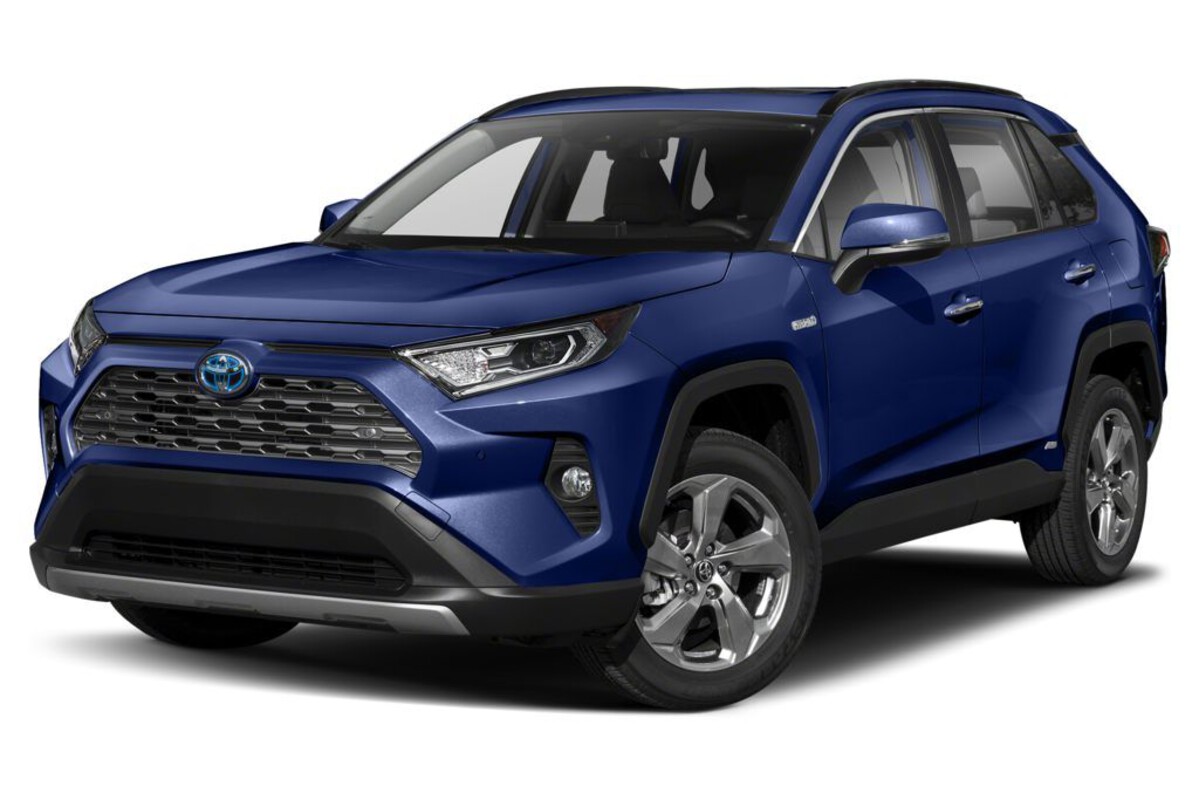
Why wait times remain low:
- Parts availability – Toyota’s supply chain ensures nearly all common replacement items—filters, brakes, suspension parts—are readily available at local dealerships and independent shops.
- Standardized platforms – The RAV4 shares components across multiple Toyota models, reducing lead times for ordering and increasing parts turnover.
- Frequent service training – Technicians are highly accustomed to RAV4 systems, thanks to their ubiquity in service bays, enabling faster diagnostics and repairs.
Impact for owners: RAV4 owners typically report same‑week service appointments—even for minor issues. The simplified hybrid options further reduce wait times due to their stripped-down powertrain demands. You benefit from minimal downtime, especially for scheduled maintenance like oil changes, brake service, or fluid flushes.
Bottom line: If uptime and quick service are priorities, the RAV4 offers one of the most streamlined experiences in the SUV market.
2. Honda CR‑V
Overview and popularity: As Honda’s flagship compact crossover, the CR‑V shares Toyota’s reputation for reliability and resale value. It also benefits from a mature market presence and widespread taxicab and fleet use.
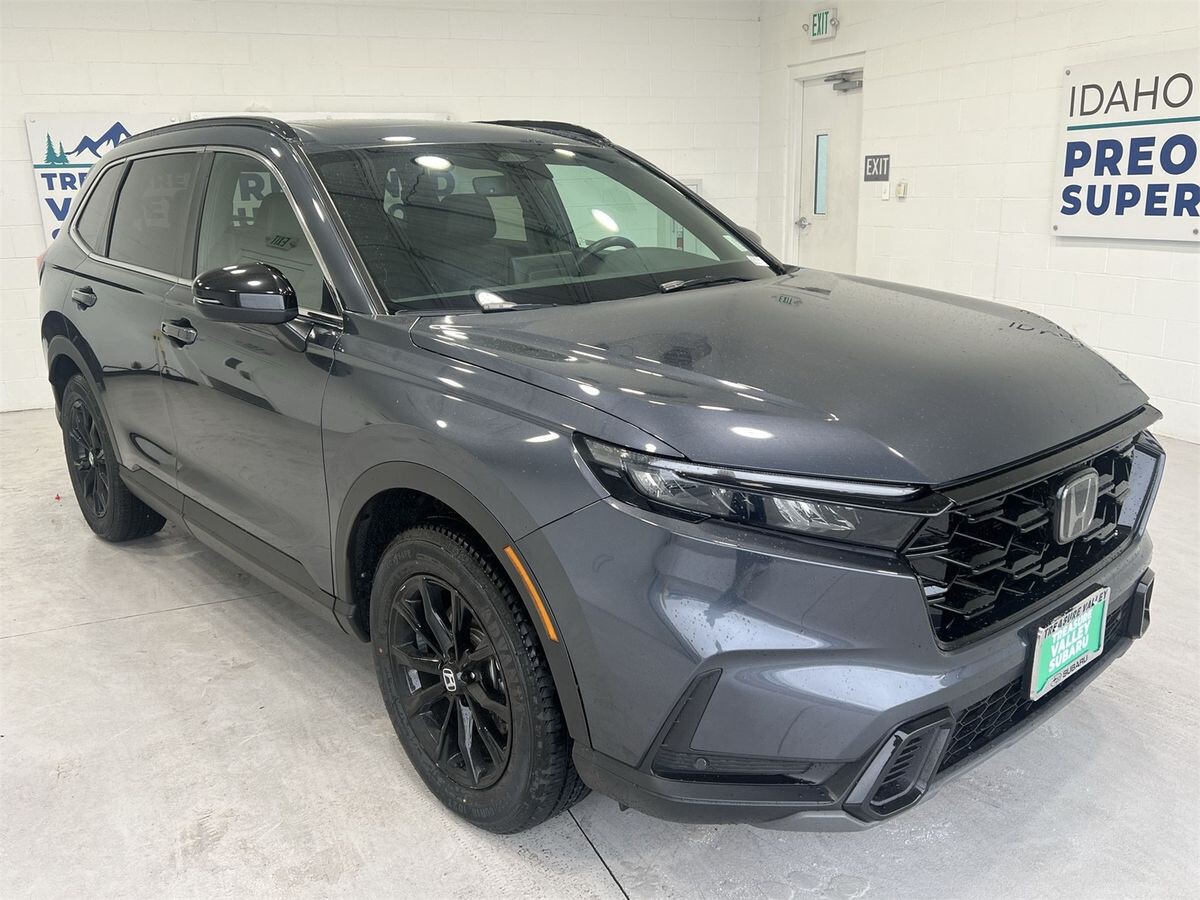
Why wait times stay short:
- Mass‑market penetration – The CR‑V’s global popularity ensures dealers frequently stock parts. A problem with a door handle, sensor, or suspension bushing is rarely delayed due to location.
- Diagnostic consistency – Honda has standardized electronic diagnostics and error‑handling across models, allowing shops to troubleshoot CR‑Vs quickly.
- Whole‑vehicle familiarity – Technicians see enough CR‑Vs that manual tasks like brake bleeds or filter changes are second nature, shortening labor time.
Impact for owners: CR‑V owners often secure appointments within a few days, even in higher‑traffic metro dealerships. Warranty repairs and routine services typically finish within a half‑day, getting you back behind the wheel rapidly.
Bottom line: For service efficiency without compromising performance or comfort, the CR‑V consistently shines.
3. Ford Escape
Overview and popularity: A staple in America’s crossover lineup, the Ford Escape also benefits from Ford’s broad parts distribution across dealerships and independent remanufacturers.
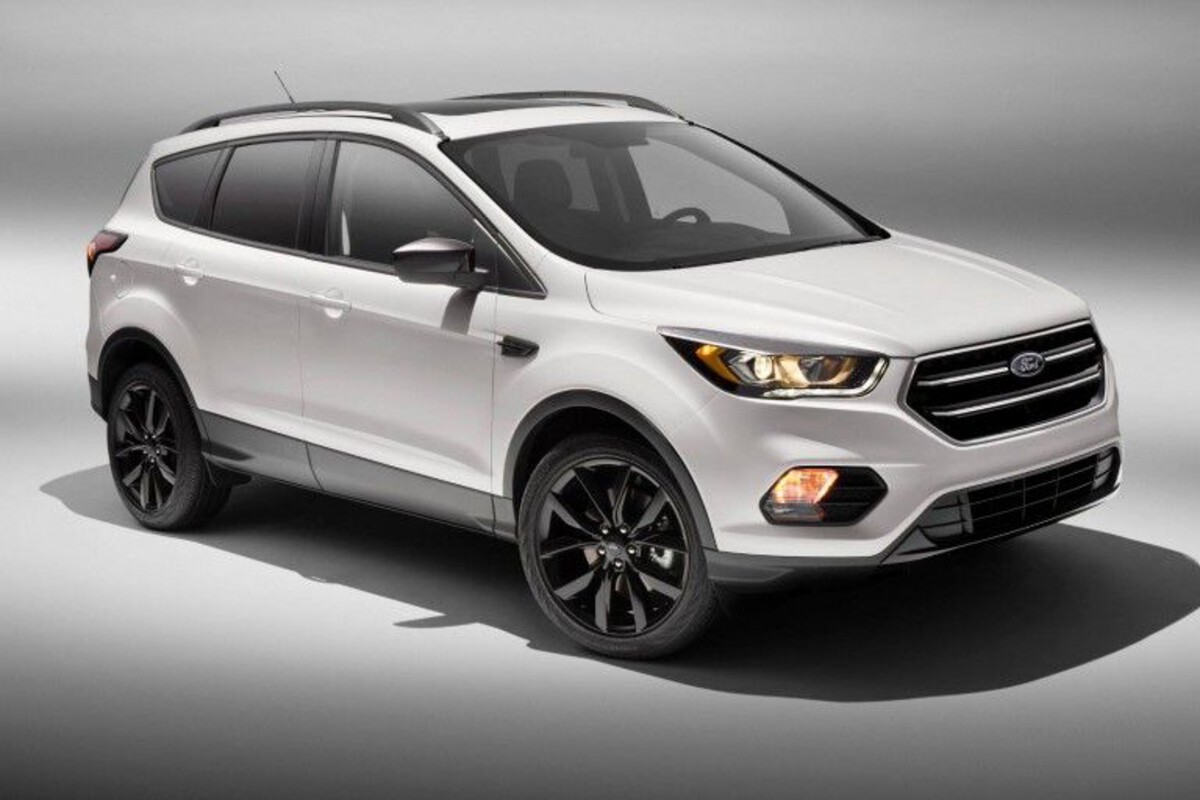
Why wait times stay low:
- Local parts hubs – Many ESCs’ parts can be secured from regional Ford warehouses within 24–48 hours.
- Simplified engine lineup – Models equipped with EcoBoost or base engines use a shared architecture that shops are comfortable servicing.
- Standard hybrid model – Similar to its peers, the hybrid Escape uses familiar Toyota‑similar design philosophies (compression ignition, regenerative systems) with lesser air‑conditioning electronics or other specialty subsystems, speeding diagnosis.
Impact for owners: Many report maintenance services completed within a single workday, even outside Ford’s busiest seasons (early spring inspection season). Shops can often reorder parts overnight, allowing repairs to be completed before noon the next day.
Bottom line: For owners seeking US‑market mainstream SUV convenience with minimal downtime, the Escape is a strong choice.
4. Chevrolet Equinox
Overview and popularity: The Equinox is GM’s compact SUV staple—widely sold and extensively serviced across North America, ensuring both independent shops and dealers maintain stock.
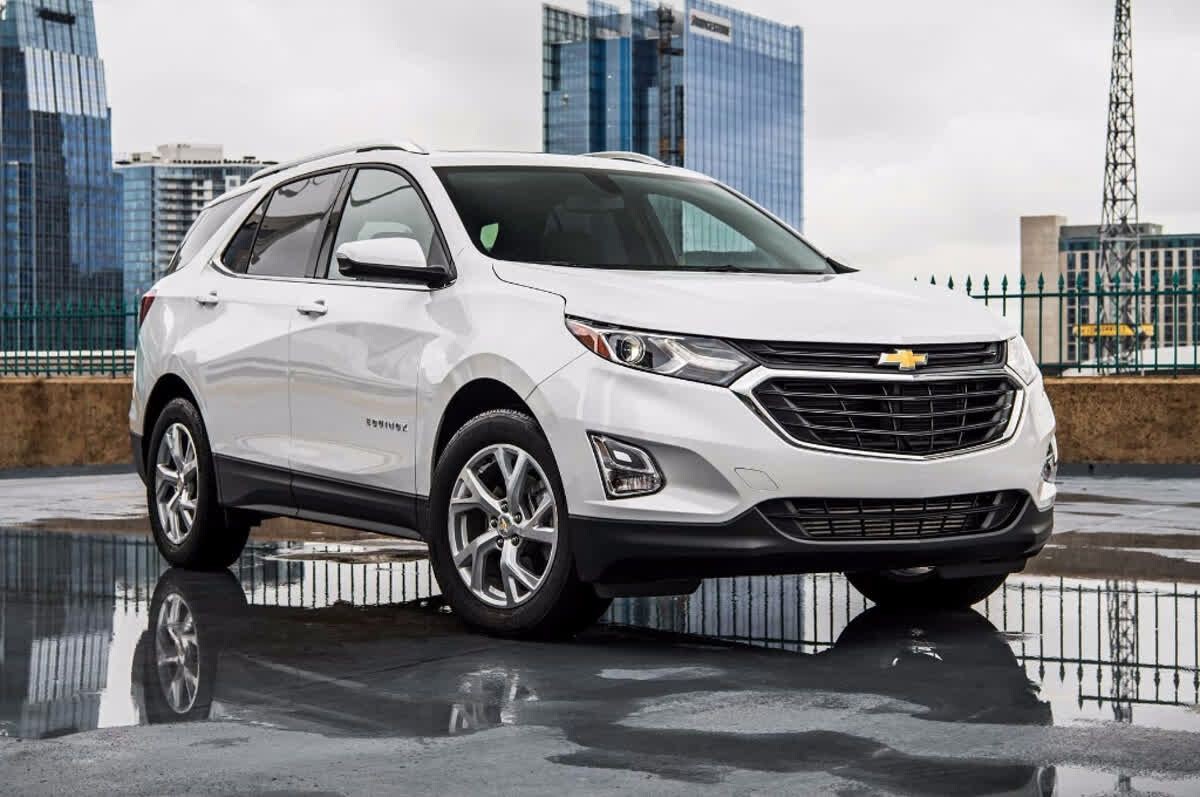
Why wait times remain low:
- Homogeneous engine and drivetrain options – With a small selection of engines (1.5L turbo, 2.0L turbo, or diesel), service centers only need to stock a few types of parts and fluids.
- Transparent parts pipeline – GM’s distribution ensures repairs are rarely on backorder for more than a few days.
- Unified software diagnostics – Many GM techs cite that Equinox’s service programming vs other GM vehicles is consistent, enabling quick fault resolution.
Impact for owners: Scheduling an oil change, brake pad replacement, or even minor engine work typically takes just a day or two. Extended delays are uncommon, and hybrid variants also benefit from similar supply advantages.
Bottom line: Equinox offers mainstream owners a reliable service‑wait experience.
5. Subaru Forester
Overview and popularity: Subaru’s Forester is beloved among outdoors enthusiasts and families. Its ubiquity—even in remote markets—means parts and expertise are readily available.
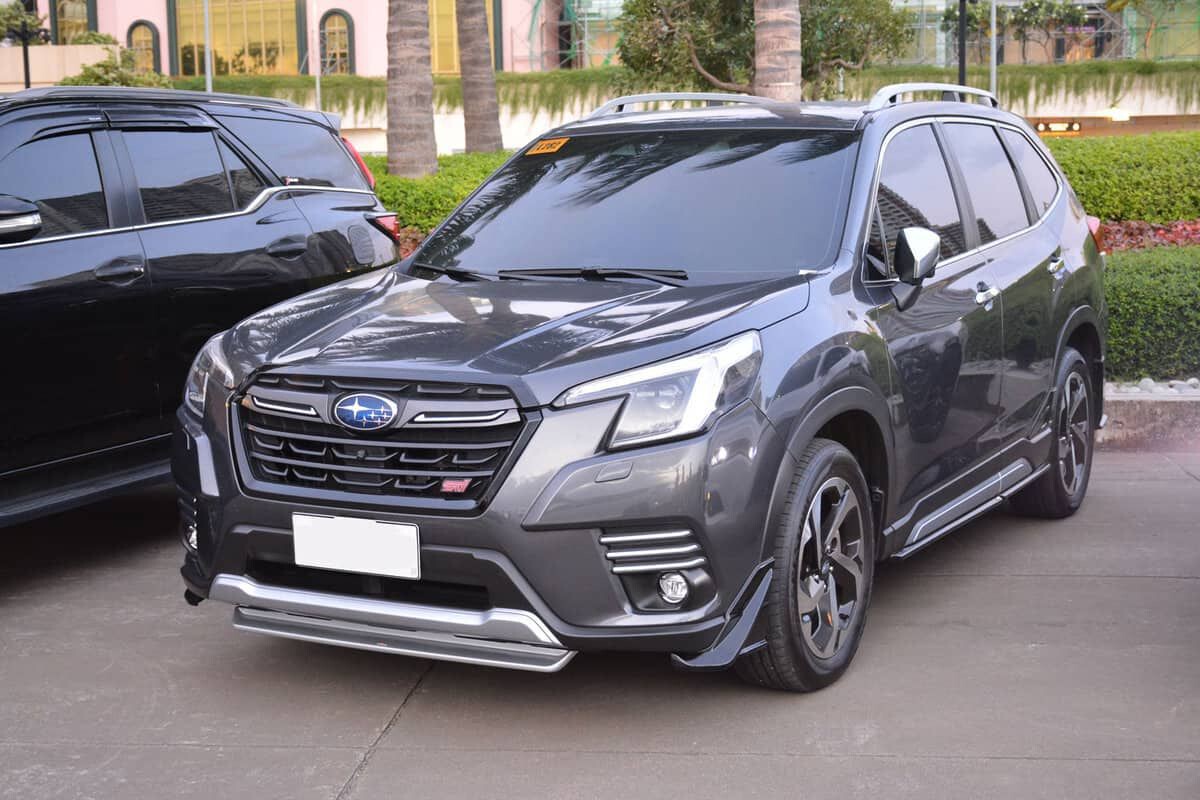
Why models see low wait times:
- Boxer engine standardization – Subaru’s unique horizontally opposed engine is consistent across models, so parts are universal between Forester, Outback, Legacy, and more.
- Active dealer network – In markets like North America and Japan, Subaru aftermarket support concentrates around popular models, meaning both dealers and third‑party shops stock frequently used components.
- Routine component familiarity – Subaru shops handle forecasting of common issues like head gasket inspections and headlamp servicing, allowing them to pre‑order parts ahead of appointments.
Impact for owners: Owners often report same‑week appts with completed work by appointment day’s end. For remote or winterized variants, independent shops in cold‑climate regions tend to stock associated parts off the shelf.
Bottom line: If you drive a Forester, your service‑center visits are unlikely to eclipse a few days from call to completion.
SUVs with Long Repair‑Shop Queues
These five SUVs typically face longer service waits, often due to newer design features, limited parts supply, or complex systems. Scheduling even routine care can stretch to weeks, and major repairs may require extended ordering or specialist attention. Awareness helps owners plan for potential downtime ahead.
ALSO READ: 5 Cars with the Lowest and 5 with the Highest Average 5-Year Maintenance Costs
6. Tesla Model Y
Overview and complexity: The Model Y is a cutting‑edge electric SUV with advanced electronics, over‑the‑air software, and a limited physical service network, especially outside primary urban centers.
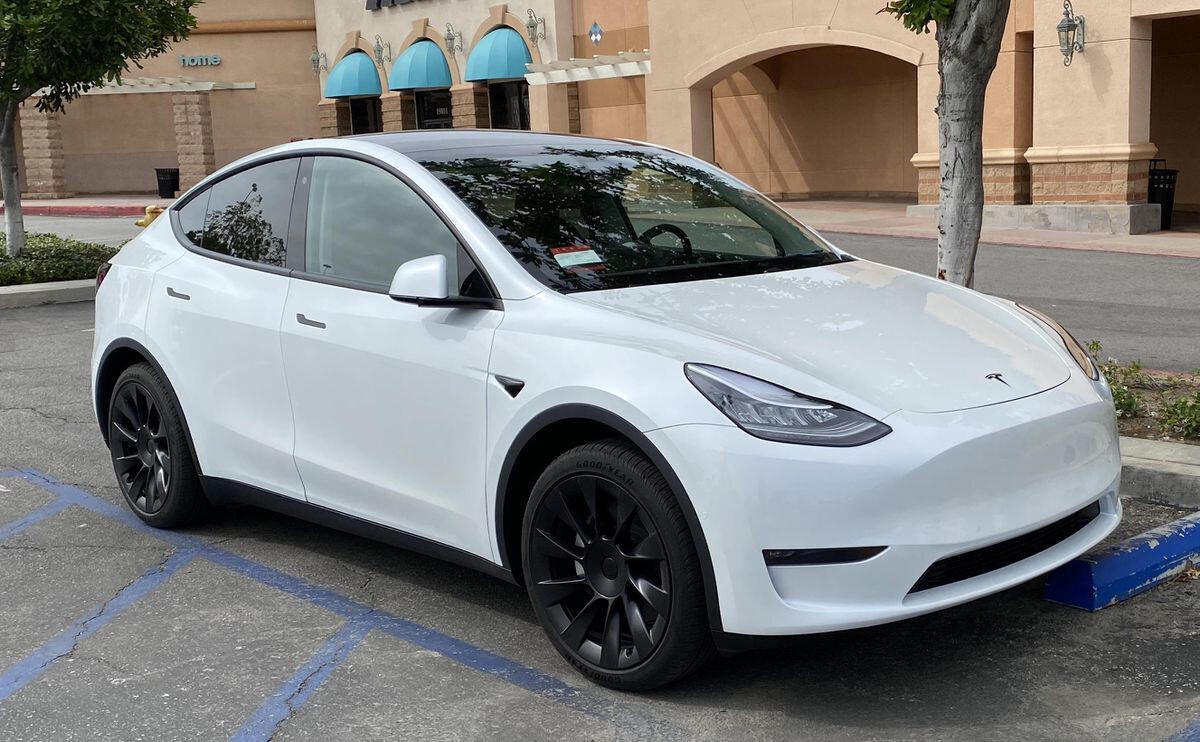
Reasons for long queues:
- Limited service locations – Many areas have only one or two Tesla‑owned service hubs. With high demand, appointment slots fill quickly, sometimes weeks in advance.
- Parts constraints – Proprietary Tesla parts aren’t stocked with third‑party suppliers; even common items like suspension bushings or sensors may need shipping from central warehouses.
- Integrated systems – Issues often require software updates coordinated with hardware fixes, extending repair time.
Impact for owners: Unless you live near a Tesla hub, expect multi‑week waits for both appointment and part delivery. Even simple services, like front bumper sensor recalibrations or tire sensor replacements, may take several weeks if prioritization goes to core battery or autopilot issues.
Bottom line: Owning a Model Y brings electric‑car benefits, but prolonged service windows are the trade‑off.
7. Land Rover Defender
Overview and luxury off‑roader: The Defender combines premium complexity with rugged capability. But its parts ecosystem and specialist service demands tend to bottleneck.

Why queues stall repairs:
- Premium engineered components – Air suspension, electronic locking hubs, specialized chassis—many components require Land Rover factory shipments.
- Specialist technicians – Few shops have properly trained staff to handle Defender-specific diagnostics and repairs. Dealers fill quickly.
- Limited parts flow – LR’s parts inventory system may delay ordering of unique Defender parts, especially in non‑urban or emerging markets.
Impact for owners: Booking a service window may require booking weeks ahead. Simple items like an airbag sensor or shock absorber might require 10–14 day delivery times and half‑day repair because of the backlog.
Bottom line: If your Defender sees rough duty or electronics need refreshes, plan for slow service cycles.
8. Volvo XC90 Recharge
Overview and plug‑in SUV: The XC90 Recharge blends luxury, a hybrid/electric drivetrain, and advanced safety systems, but that complexity slows service processes.
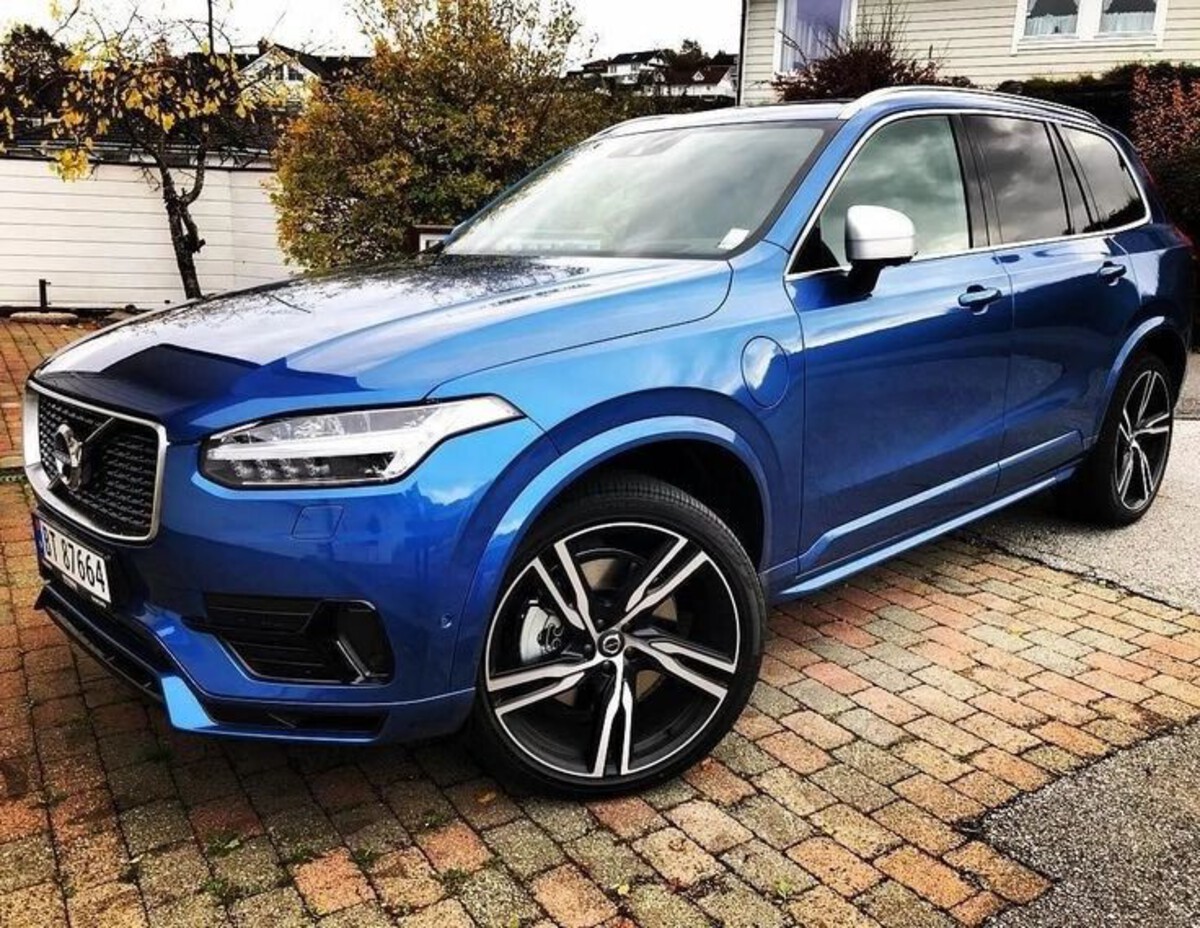
Reasons for slow service:
- Dual powertrain systems – Handling both internal‑combustion and electric systems requires specialized diagnostics and parts from hybrid‑specific supply chains.
- Electronics integration – Volvo’s expansive camera/sensor architecture needs carefully calibrated components, sometimes delivered via central warehouses.
- Safety‑system calibration – Repairs after even minor collisions often necessitate dealer-level calibration facilities, which are scheduled weeks out.
Impact for owners: Expect delays even for minor software‑fuel system resets or brake system checks. A cracked sensor or software alert could result in a 2‑ to 3‑week shop wait.
Bottom line: Buyers of the XC90 Recharge should budget for slower, scheduled service lanes.
9. Audi Q7
Overview and performance luxury: The Q7 is Audi’s upscale midsize SUV with cutting‑edge tech and performance features, but that leads to longer service queues.
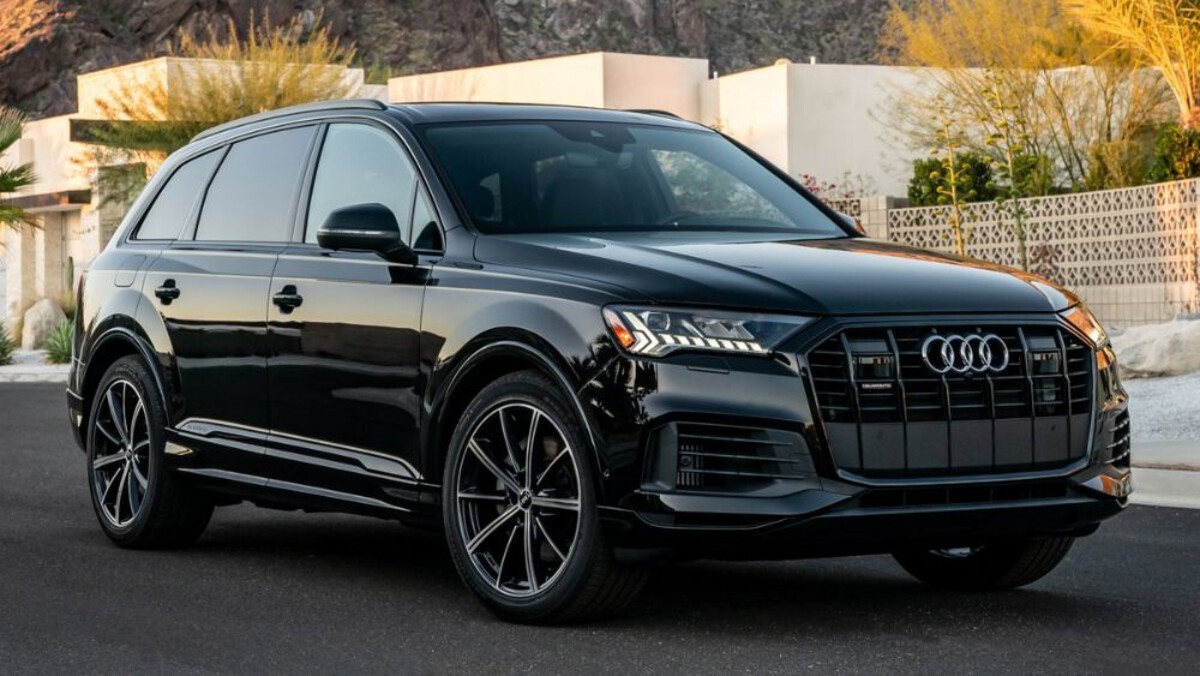
Reasons for the backlog:
- Complex electronics – Audi’s Virtual Cockpit, active suspension, and adaptive cruise systems require dealer‑level diagnostics and calibration spaces.
- Parts sourcing delays – Many parts (e.g., camera modules, adaptive dampers) are not kept on‑hand in service centers due to high defect cost and low turnover.
- Limited independent familiarity – Independent shops rarely accept Q7 service requests, which concentrate appointments at Audi dealers, often fully booked.
Impact for owners: Simple tasks like a steering‑angle sensor replacement or an air‑ride compressor swap may take multiple weeks due to appointment backlog and part shipment timing.
Bottom line: Driving a feature‑loaded Q7 offers luxury, but it needs patience when servicing.
10. Rivian R1S
Overview and emerging EV SUV: The Rivian R1S is one of the newest electric SUVs on the market, with innovative designs and limited production scale, metrics that hamper service schedules.
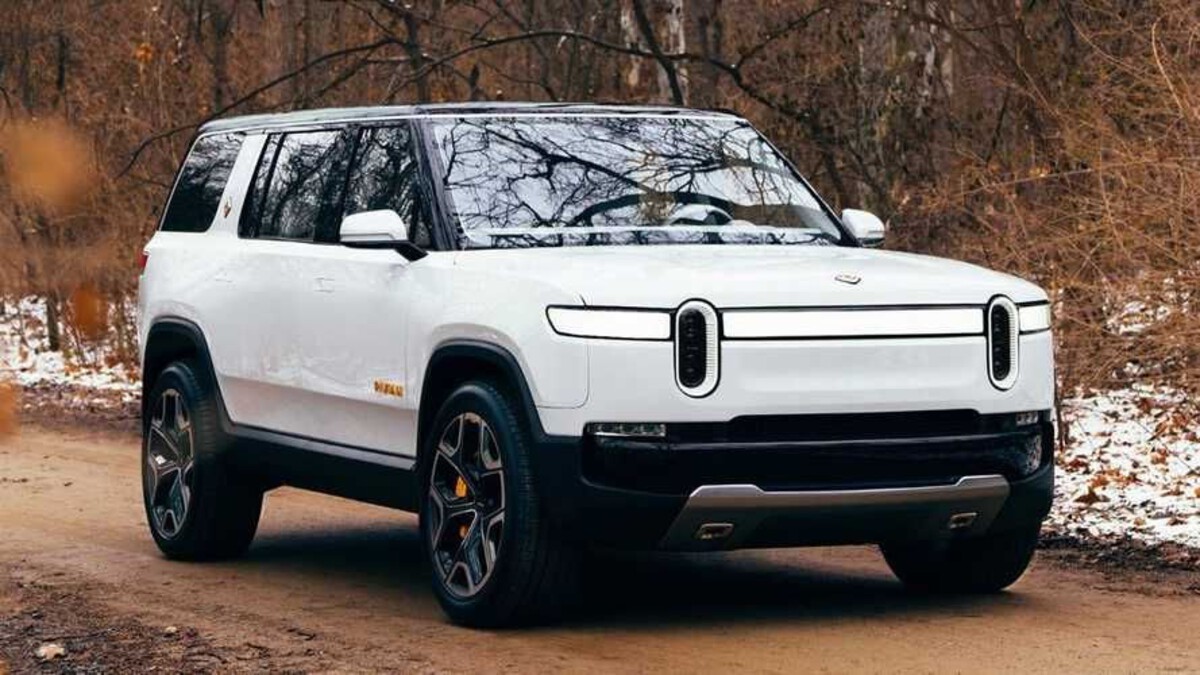
Reasons for long queues:
- Few service centers – Rivian has service hubs only in select metro areas; most others rely on mobile service but cannot handle major repairs.
- Proprietary parts – Unique frame sections, battery module assemblies, and integrated electronics are not stocked widely. Most parts ship from Rivian’s depots.
- Low technician familiarity – Rivian’s electric‑4×4 drivetrain is new enough that even dealers must be trained individually, creating slow diagnostics and repair turnarounds.
Impact for owners: Booking an appointment might take two to three weeks, and delivery of some parts could add another week or more, depending on logistics and demand. Even routine services like brake servicing or battery maintenance may take several days.
Bottom line: The R1S brings exciting EV capability, but expect downtime to match its novelty.
Time behind the wheel is precious, yet it’s often the unseen wait stuck at a repair bay that eats into life’s momentum. By exploring SUVs with the shortest and longest repair‑shop queues, we’ve shed light on the practical side of vehicle ownership beyond standard metrics like fuel efficiency or cargo space.
The Toyota RAV4, Honda CR‑V, Ford Escape, Chevrolet Equinox, and Subaru Forester consistently shine, each boasting extensive parts ecosystems, simple drivetrain architectures, and technician familiarity, all combining to ensure fast service appointments and quick repairs. For owners, this translates to less downtime, fewer disruptions, and straightforward scheduling.
On the flip side, entry into the luxury, electric, or adventure‑specialist sphere brings its trade‑offs. The Tesla Model Y, Land Rover Defender, Volvo XC90 Recharge, Audi Q7, and Rivian R1S deliver advanced technology, performance, and prestige—but often at the cost of extended service wait times.
Challenges like limited service networks, specialist equipment, or low‑volume parts supply can stretch owner patience, sometimes resulting in multi‑week waits even for routine issues.
So, what does this mean for you? Drivers who prioritize vehicle uptime and minimal hassle—especially those dependent on daily commutes or family reliability—might consider options from the low‑wait list.
Those craving flagship innovation or luxury must weigh the excitement of ownership against the realities of delayed service access. Ultimately, true satisfaction in SUV ownership comes from balancing performance, comfort—and yes—service convenience. Choose smartly, and your SUV will serve you reliably in every sense.

